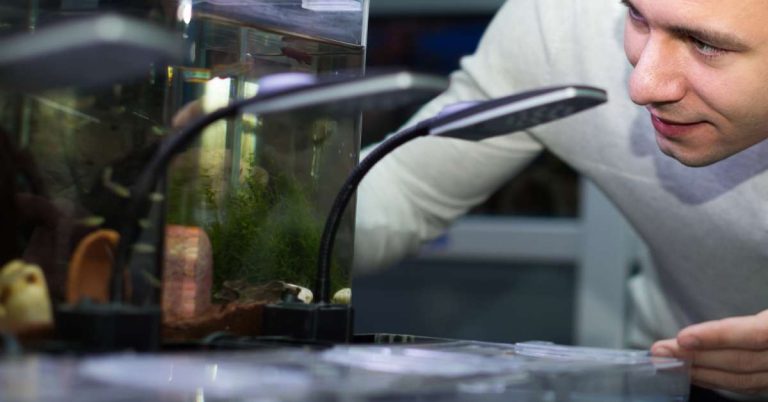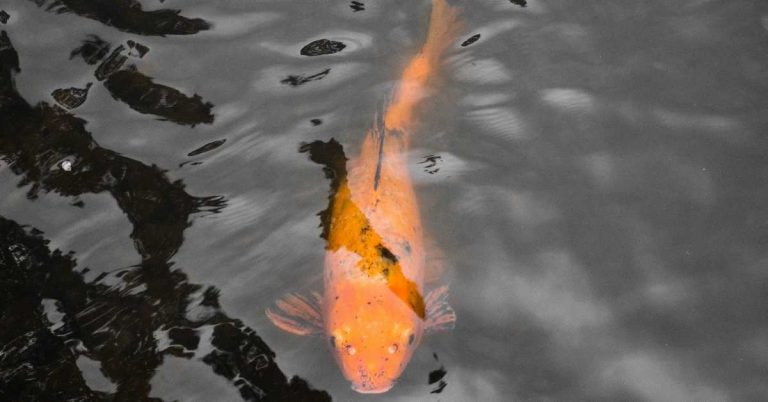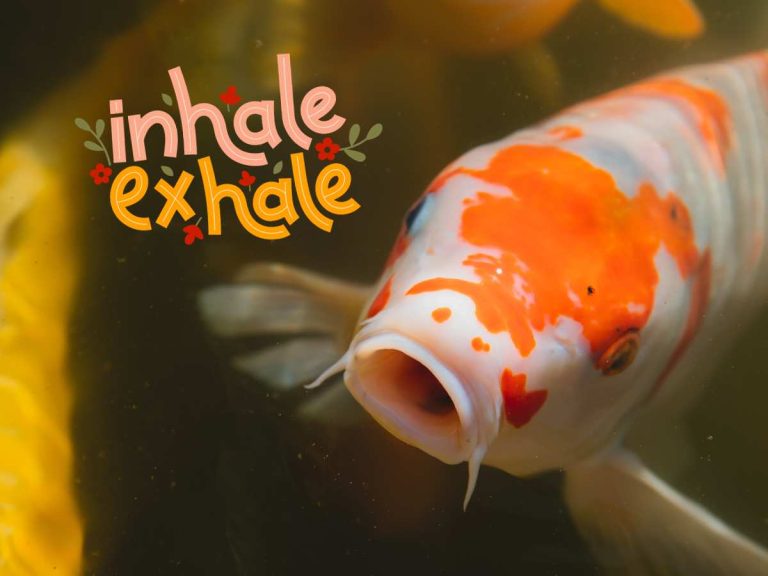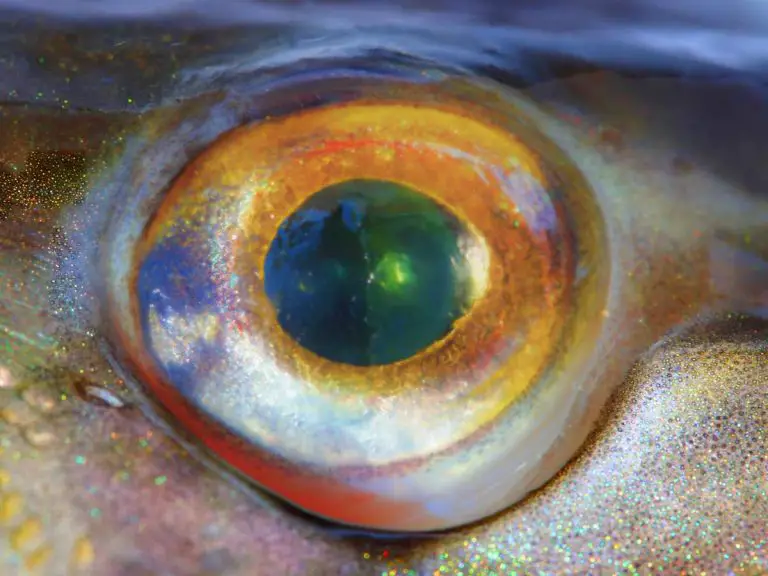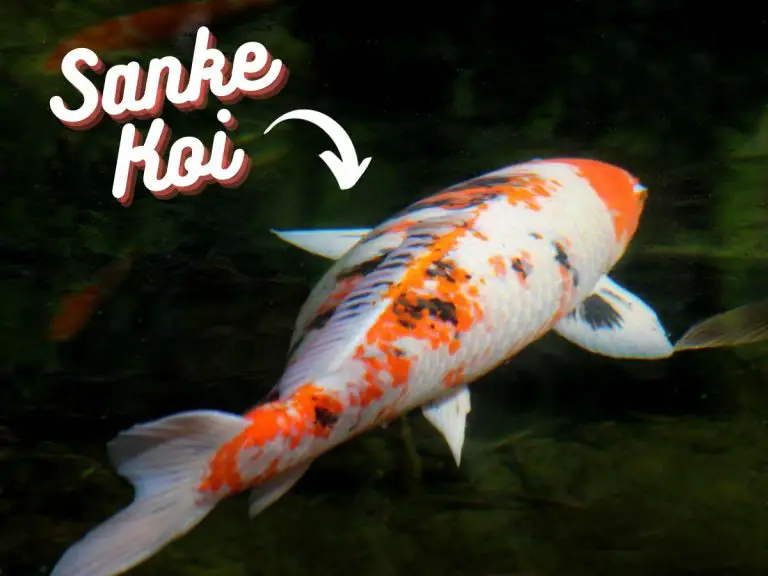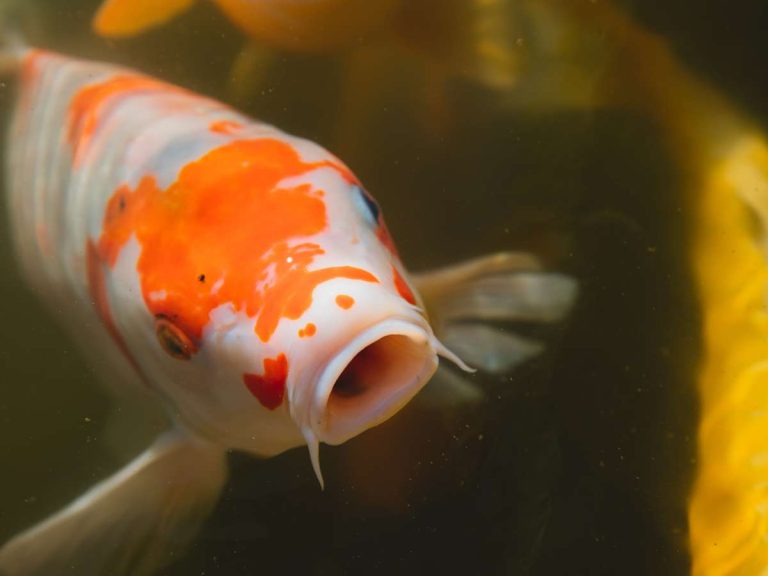Best Plants For Koi Ponds: A Guide to Aesthetic Appeal, Water Quality, and Natural Habitat
Koi ponds are not just about the fish; they’re a harmonious blend of water, fish, and flora. The right plants can transform a simple pond into a tranquil oasis, offering aesthetic appeal while also providing functional benefits for the koi and the pond’s ecosystem.
From colorful blooms that dance in the breeze to plants that purify and oxygenate the water, the flora you choose plays a pivotal role in the health and beauty of your koi pond. This article gets into the best aquatic plants for koi ponds, categorized by their aesthetic appeal, their ability to improve water quality, and their provision of shade and natural habitats.
Whether you’re a seasoned pond owner or just starting out, this guide will help you curate a balanced, vibrant, and thriving pond environment for your koi to flourish.
Aesthetic plants for koi ponds
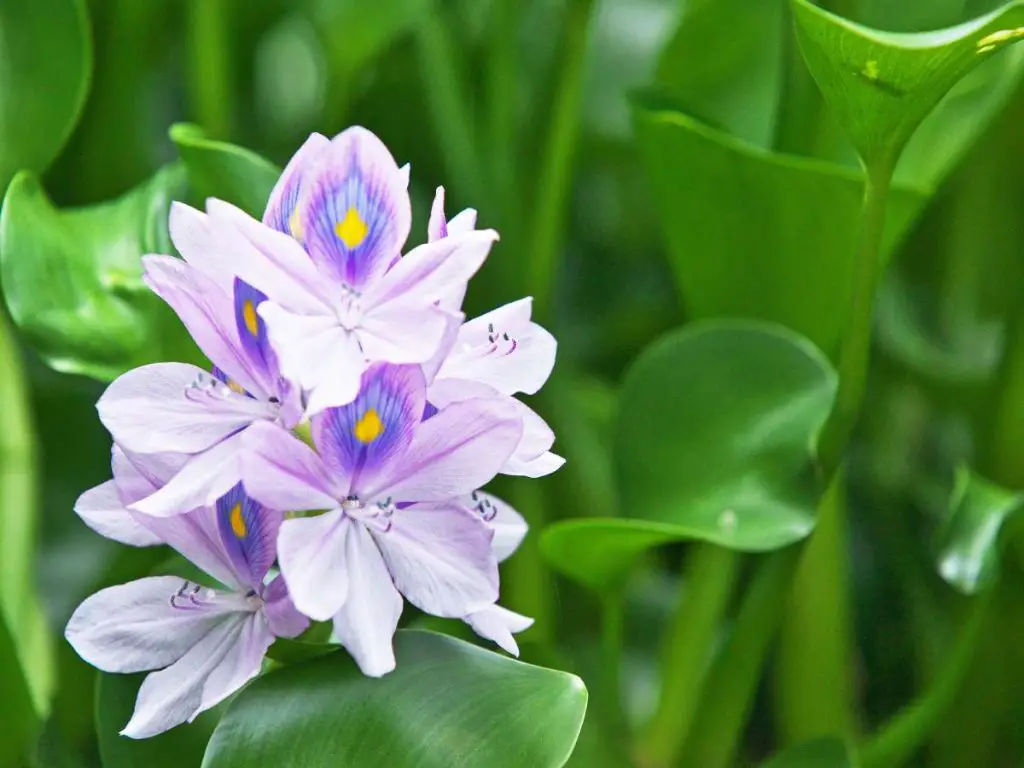
Colorful flowering plants
Who doesn’t love a burst of color in their koi pond? Colorful flowering plants can add vibrancy and visual interest to your pond, making it a stunning focal point in your backyard. Imagine the sight of beautiful blooms gently swaying in the breeze as your koi fish gracefully swim beneath them.
Ornamental grasses
If you’re going for a more natural and serene look, ornamental grasses are the way to go. These graceful plants can provide a soft and feathery texture to your koi pond, giving it a soothing and zen-like atmosphere. Not only do ornamental grasses add beauty, but they also provide shelter for your fish.
Floating plants
For a whimsical touch, floating aquatic plants are a fantastic choice. These plants gracefully drift on the surface of the water, providing shade and creating a stunning visual effect. Imagine your koi fish curiously exploring the foliage of these floating beauties. It’s a scene straight out of a fairytale!
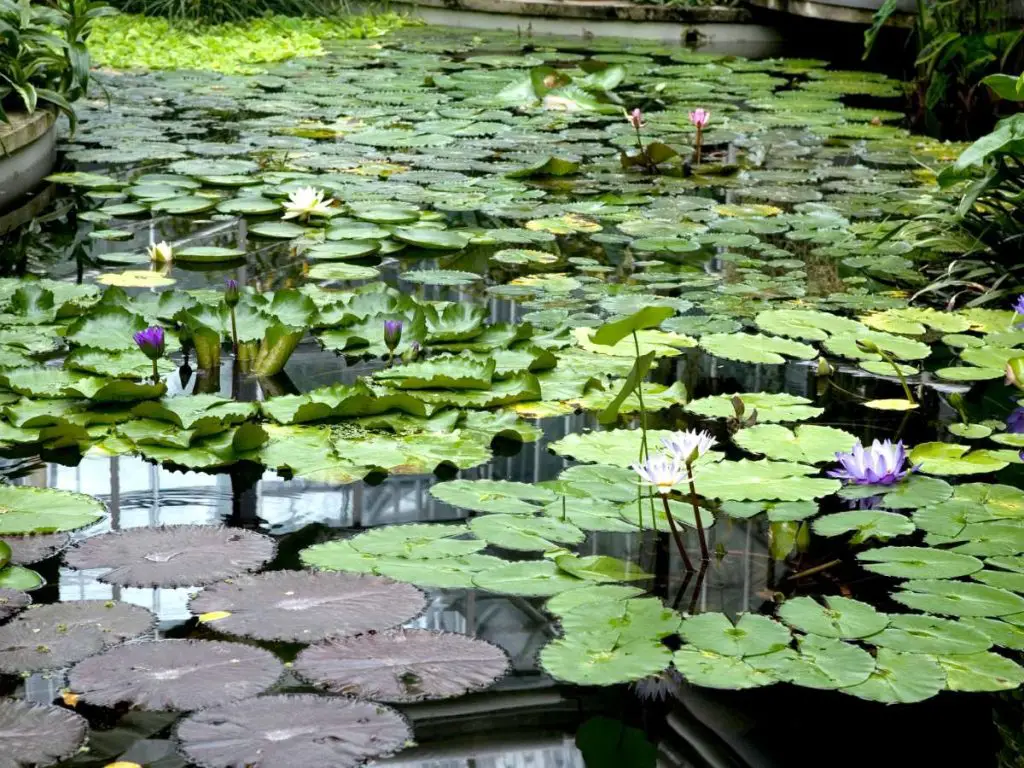
Top aesthetic plants for koi ponds
- Water hyacinths: With their lovely purple flowers and floating leaves, water hyacinths make a striking statement in any koi pond.
- Japanese iris: These elegant flowering plants come in a variety of colors, adding a touch of grace and charm to your pond.
- Water lilies: Popular for their captivating blooms and broad leaves, water lilies are a timeless choice for creating a serene and picturesque pond.
- Canna lilies: These bold and tropical plants bring a burst of color to your pond with their vibrant flowers and striking foliage.
- Papyrus: With their unique umbrella-like shape and feathery texture, papyrus plants add an exotic touch to any koi pond.
Water quality improvement plants for koi ponds
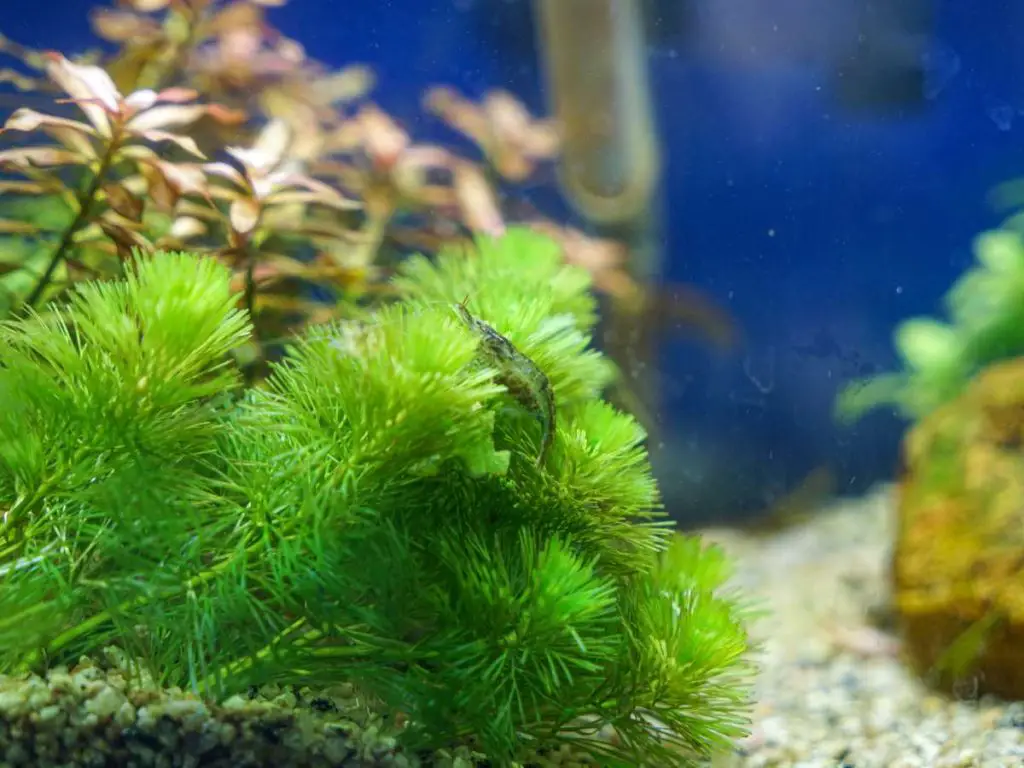
Oxygenating plants
Oxygenating plants are a must-have for any koi pond. These plants play a crucial role in maintaining the water quality by releasing oxygen during photosynthesis. This helps to keep the water well-aerated, which is essential for the health and well-being of your koi fish. Common oxygenating plants for koi ponds include hornwort, anacharis, and watermilfoil.
Filtration plants
Filtration plants are excellent additions to your koi pond as they help to filter out impurities and maintain water clarity. These plants act as natural filters by absorbing excess nutrients, such as nitrate and phosphate, which helps to prevent algae growth. Some popular filtration plants for koi ponds include water hyacinth, water lettuce, and parrot’s feather.
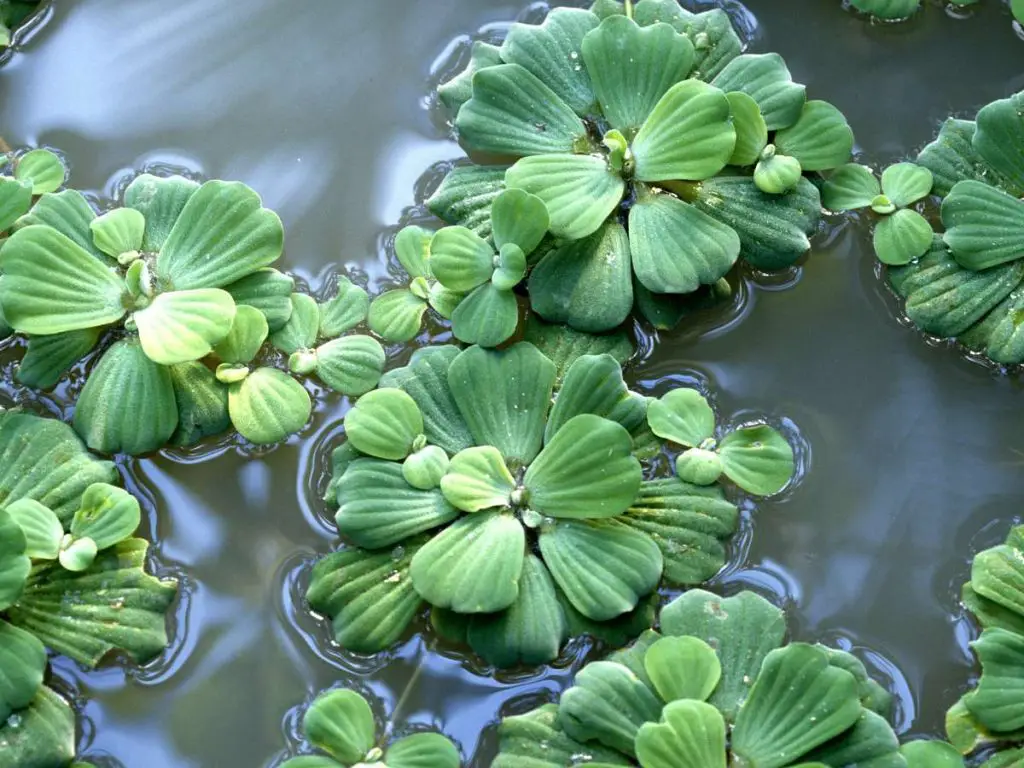
Algae-controlling plants
Algae can quickly become a nuisance in koi ponds, causing the water to become green and unsightly. Thankfully, there are plants that can help control algae growth and maintain a balanced ecosystem. One such plant is the water violet, which competes with algae for nutrients and inhibits its growth. Other algae-controlling plants include duckweed and watercress.
Recommended water quality improvement plants for koi ponds
| Plant | Type | Benefits |
|---|---|---|
| Hornwort | Oxygenating | Provides oxygen, removes toxins |
| Anacharis | Oxygenating | Improves water quality, reduces algae |
| Watermilfoil | Oxygenating | Enhances water clarity, provides shelter |
| Water hyacinth | Filtration | Filters excess nutrients, beautifies the pond |
| Water lettuce | Filtration | Reduces algae, provides shade |
| Parrot’s feather | Filtration | Controls algae growth, adds visual interest |
| Water violet | Algae-controlling | Competition for nutrients, inhibits algae |
| Duckweed | Algae-controlling | Shades water, reduces algae bloom |
| Watercress | Algae-controlling | Nutrient absorption, improves water quality |
Shade plants for koi ponds
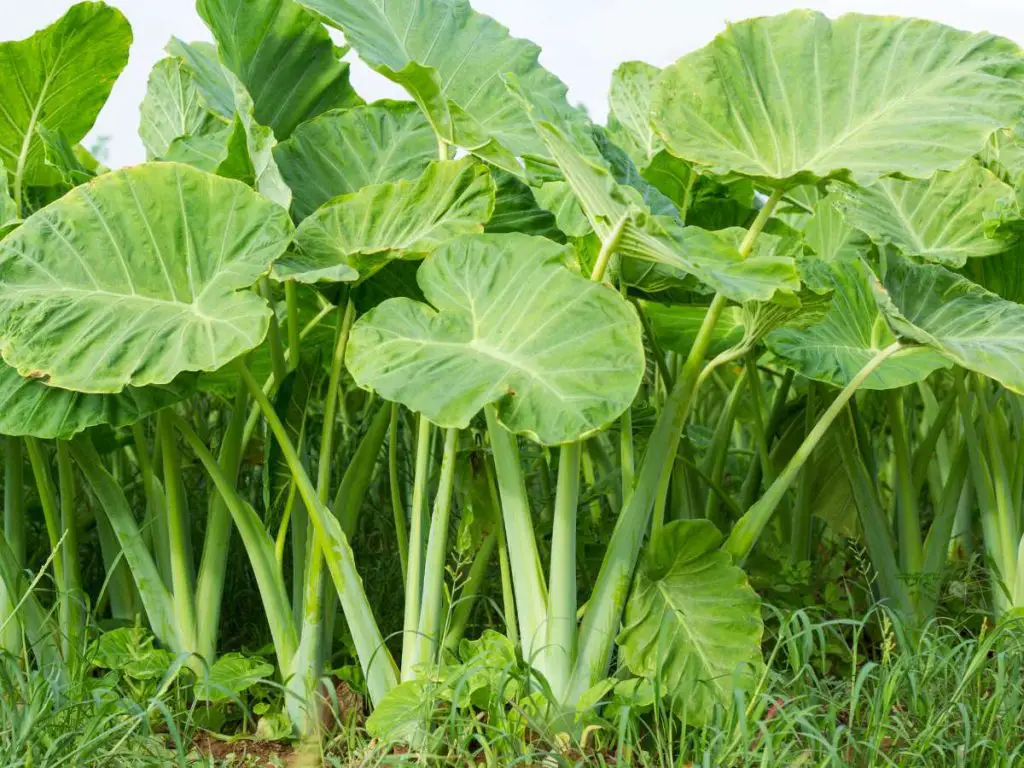
Creating a shady spot in your koi pond not only provides relief from the scorching sun but also adds a touch of serenity to the environment. Here are some fantastic shade plants that can transform your koi pond into a cool oasis.
Marginal plants with large leaves
Marginal plants with large leaves are excellent choices for creating shade in your koi pond. Their sprawling foliage acts as a natural umbrella, shielding your fish and other pond inhabitants from the harsh rays of the sun. Some popular options include the elephant ear (Colocasia), canna lily (Canna), and arrowhead (Sagittaria).
Water lilies and lotus plants
Water lilies and lotus plants not only add beauty to your koi pond but also provide much-needed shade. Their broad leaves create a soothing canopy that helps to regulate the temperature of the water and protect your fish from direct sunlight. Plus, the vibrant blooms of water lilies add a captivating charm to the overall aesthetic of your pond.
Shade-providing trees and shrubs
If you have enough space around your koi pond, consider planting some shade-providing trees and shrubs nearby. They will not only provide shade but also create a more natural and harmonious environment for your fish. Trees like weeping willow, Japanese maple, and river birch can cast a lovely dappled shade, while shrubs like boxwood and holly can add structure and texture to the landscape.
Here is a list of shade plants suitable for koi ponds:
- Marginal plants with large leaves: elephant ear, canna lily, arrowhead
- Water lilies and lotus plants
- Shade-providing trees and shrubs: weeping willow, Japanese maple, river birch, boxwood, holly
Plants that provide a natural habitat for koi ponds
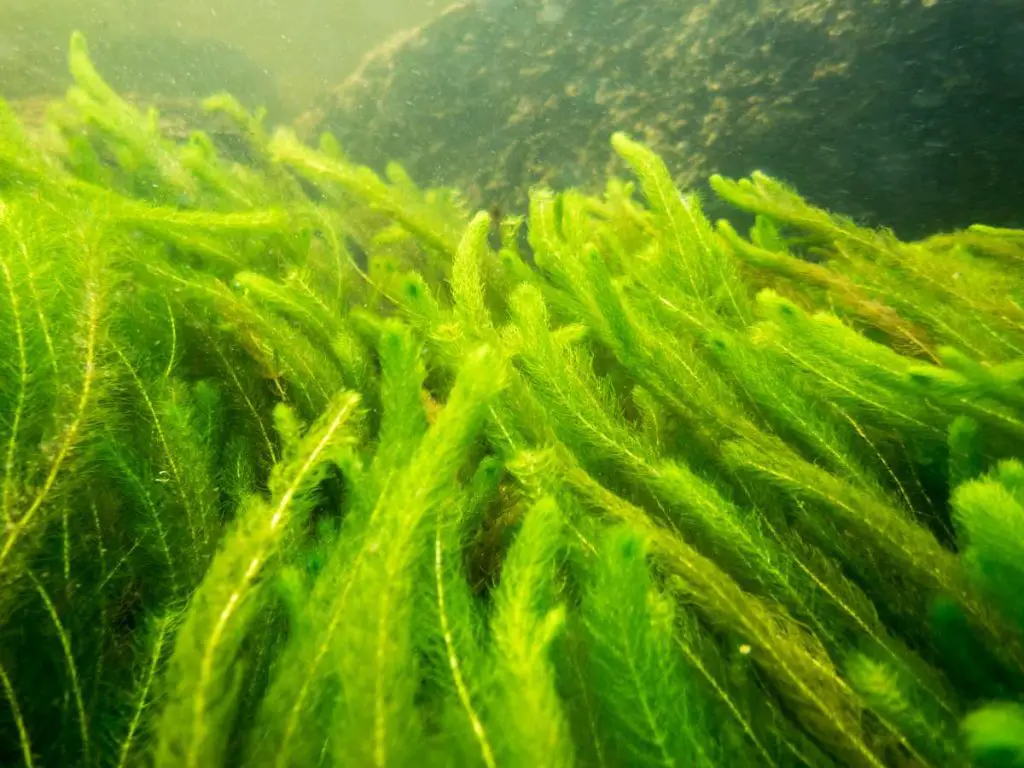
Submerged plants
Submerged plants are a fantastic addition to your koi pond as they provide a natural habitat for your fish. These plants, also known as oxygenating plants, grow entirely below the water’s surface, providing shelter, shade, and spawning areas for your koi.
Some popular submerged plants for koi ponds include Anacharis, Hornwort, and Watermilfoil. These plants are easy to care for and help maintain the overall health of your pond by absorbing excess nutrients and providing oxygen through photosynthesis.
Plants with floating leaves
Plants with floating leaves are another excellent choice for creating a natural habitat in your koi pond. These plants feature leaves that float on the water’s surface, providing shade and shelter for your koi fish.
They also help to maintain water quality by reducing sunlight penetration and suppressing the growth of algae.
Some popular floating leaf plants for koi ponds include Water Hyacinth, Water Lettuce, and Frogbit. These plants not only add beauty but also provide numerous benefits to your pond ecosystem.
Bog plants
Bog plants, also known as marginal plants, grow along the shallow edges of your koi pond and play a crucial role in creating a natural habitat. These plants thrive in moist soil or shallow water, providing cover for your koi and attracting beneficial insects and wildlife.
Bog plants also help to filter excess nutrients from the water, reducing the risk of algae blooms. Some popular bog plants for koi ponds include Pickerel Rush, Umbrella Palm, and Blue Flag Iris. These plants not only add visual interest but also contribute to the overall health of your pond ecosystem.
Recommended plants for creating a natural habitat in koi ponds
- Anacharis
- Hornwort
- Watermilfoil
- Water Hyacinth
- Water Lettuce
- Frogbit
- Pickerel Rush
- Umbrella Palm
- Blue Flag Iris
Other factors to consider when choosing plants for koi ponds
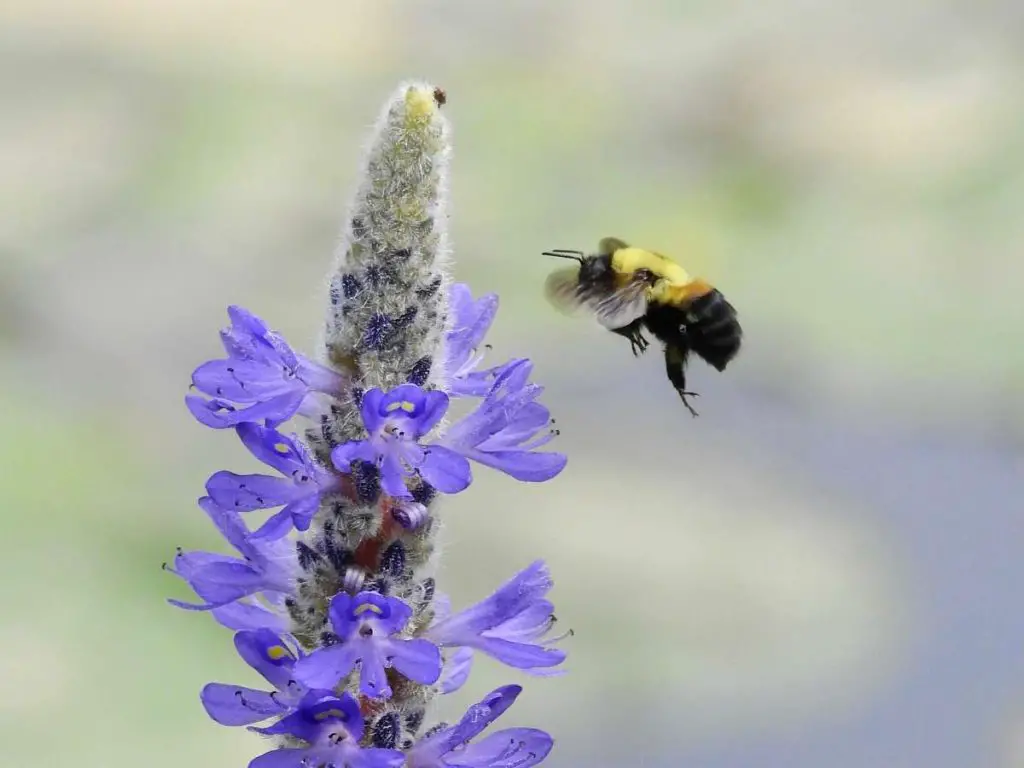
Choosing the right plants for your koi pond involves more than just picking ones that look pretty. You need to consider a few other factors to ensure the plants are suitable for the pond environment and compatible with your koi fish.
Hardiness and adaptability to pond conditions
When selecting plants for your koi pond, it’s crucial to choose ones that can thrive in the specific conditions of your pond. Consider factors such as the water temperature, sun exposure, and water quality. Some plants are more adaptable and can handle a range of conditions, while others are more specific in their needs.
Growth habit and maintenance requirements
Think about how much time and effort you’re willing to devote to maintaining your pond plants. Some plants grow rapidly and may require regular pruning to prevent overgrowth. Others have specific maintenance requirements, such as fertilizing or dividing the plants. Choose plants that fit your desired level of involvement and ensure their growth habit aligns with the space you have available.
Compatibility with koi fish
It’s important to choose plants that can coexist harmoniously with your koi fish. Some plants have delicate foliage that can be easily damaged by the active swimming and grazing behavior of the koi. Look for plants with sturdy leaves or consider using protective measures, such as placing rocks around the plants, to prevent damage.
Plant compatibility with koi fish
| Plant | Compatibility with Koi Fish |
|---|---|
| Anacharis | High |
| Water Hyacinth | Medium |
| Taro | Low |
| Water Lettuce | High |
In general, plants with tougher leaves and strong root systems are more suitable for koi ponds as they can withstand the fish’s activity and provide ample hiding spots.
Planting and maintenance tips for koi pond plants
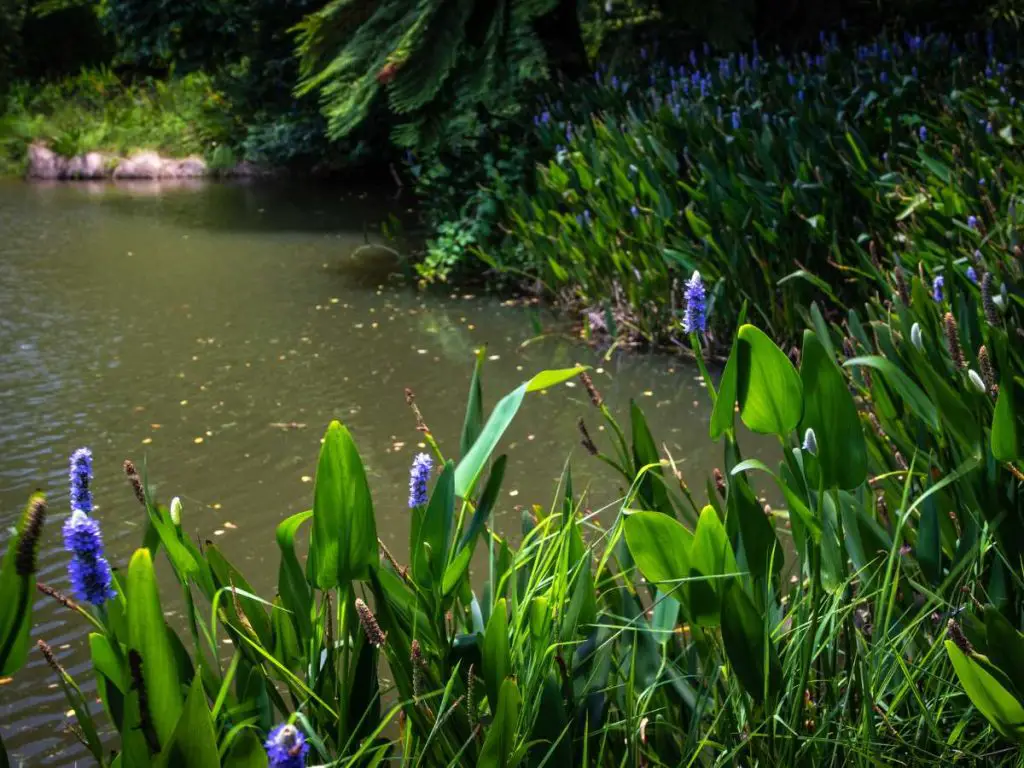
Choosing the right planting containers
When it comes to planting containers, you have a few options to consider. One popular choice is plastic pots that come with holes for good water circulation. These pots are durable and affordable, making them a practical choice for many koi pond owners. Another option is fabric grow bags, which allow for better root aeration and can be more visually appealing. You can also use floating island planters for plants that prefer to be at the water’s surface.
Proper planting techniques
Planting your koi pond plants correctly is crucial for their survival and growth. Start by preparing the plants for planting by removing any dead or damaged leaves and roots. Gently loosen the root ball to encourage the roots to spread out. Dig a hole in the planting container or pond bed that is large enough to accommodate the roots without crowding. Place the plants in the hole and cover the roots with soil or gravel, making sure they are securely anchored. Finally, gently press down the soil or gravel around the plant to eliminate any air pockets.
Regular maintenance and care guidelines
Maintaining and caring for your koi pond plants will ensure their continued health and vitality. Regularly remove any dead or decaying leaves or flowers to prevent them from polluting the water. Trim back overgrown plants to prevent them from shading out other plants or taking over the pond. Keep an eye out for any signs of pest or disease infestation, and take appropriate action to address the issue. Also, regularly fertilize your plants according to their specific needs to promote healthy growth.
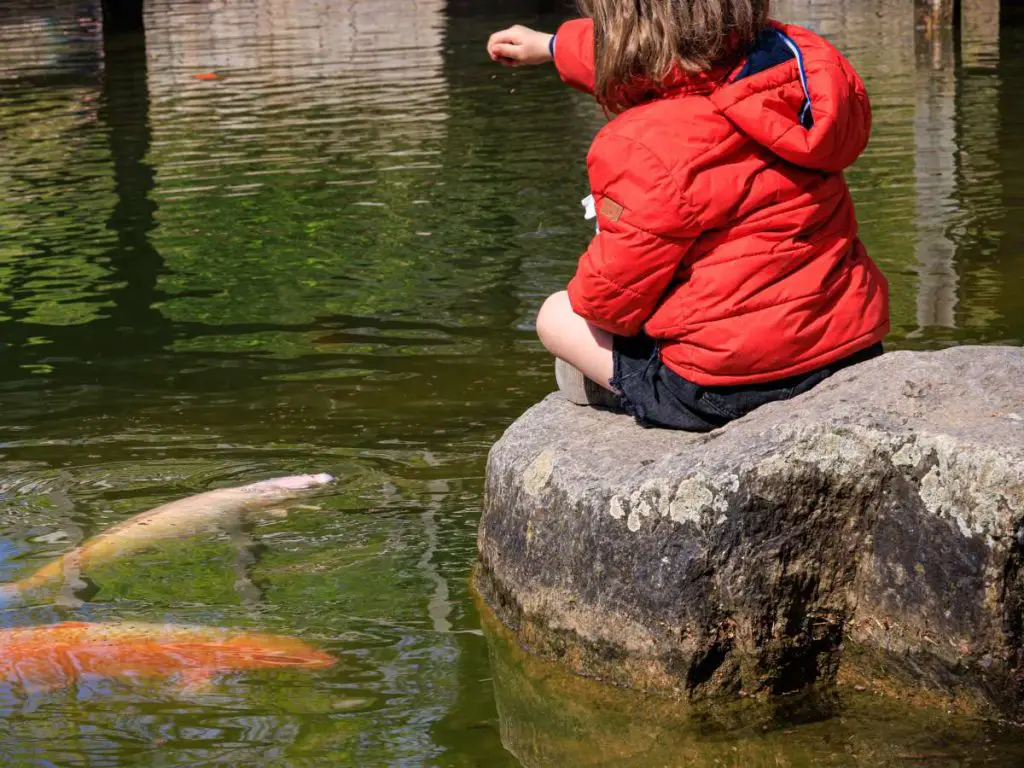
Koi Pond Plant Reference Table
| Plant Name | Type | Benefits/Reasons for Inclusion |
|---|---|---|
| Water Hyacinths | Floating | Beautiful purple flowers, provides shade, filters excess nutrients. |
| Japanese Iris | Flowering | Adds grace and charm with a variety of colors. |
| Water Lilies | Floating | Captivating blooms, provides shade and serenity. |
| Canna Lilies | Flowering | Vibrant flowers and striking foliage. |
| Papyrus | Ornamental Grass | Unique umbrella-like shape, adds an exotic touch. |
| Hornwort | Oxygenating | Provides oxygen, removes toxins. |
| Anacharis | Oxygenating | Improves water quality, reduces algae. |
| Watermilfoil | Oxygenating | Enhances water clarity, provides shelter. |
| Water Lettuce | Filtration | Reduces algae, provides shade. |
| Parrot’s Feather | Filtration | Controls algae growth, adds visual interest. |
| Water Violet | Algae-controlling | Competes for nutrients, inhibits algae. |
| Duckweed | Algae-controlling | Shades water, reduces algae bloom. |
| Watercress | Algae-controlling | Nutrient absorption, improves water quality. |
| Elephant Ear | Marginal | Provides shade with large leaves. |
| Canna Lily | Marginal | Provides shade with large leaves. |
| Arrowhead | Marginal | Provides shade with large leaves. |
| Lotus Plants | Floating | Provides shade, captivating blooms. |
| Weeping Willow | Tree | Provides dappled shade. |
| Japanese Maple | Tree | Provides dappled shade. |
| River Birch | Tree | Provides dappled shade. |
| Boxwood | Shrub | Adds structure and texture. |
| Holly | Shrub | Adds structure and texture. |
| Anacharis | Submerged | Provides shelter, shade, and spawning areas. |
| Hornwort | Submerged | Provides shelter, shade, and spawning areas. |
| Water Hyacinth | Floating Leaf | Provides shade and shelter. |
| Water Lettuce | Floating Leaf | Provides shade and shelter. |
| Frogbit | Floating Leaf | Provides shade and shelter. |
| Pickerel Rush | Bog | Provides cover, attracts beneficial insects. |
| Umbrella Palm | Bog | Provides cover, attracts beneficial insects. |
| Blue Flag Iris | Bog | Provides cover, attracts beneficial insects. |
Final Thoughts
So there you have it – the best plants for your koi pond! By carefully selecting the right plants, you can create a beautiful and thriving ecosystem for your koi fish.
Let’s quickly recap the main points we discussed in this article:
- We explored several categories of plants that are beneficial for koi ponds, including aesthetic plants, water quality improvement plants, shade plants, and plants that provide a natural habitat.
- For aesthetics, colorful flowering plants, ornamental grasses, and floating plants are great choices that will add beauty and visual interest to your pond.
- To improve water quality, consider adding koi clay along with oxygenating plants, filtration plants, and plants that help control algae growth.
- If you’re looking to provide shade for your koi fish, marginal plants with large leaves, water lilies, lotus plants, and shade-providing trees and shrubs are perfect options.
- For a natural habitat, submerged plants, plants with floating leaves, and bog plants create a diverse and balanced environment for your pond and its inhabitants.
- It’s important to also consider factors like a plant’s hardiness and adaptability to pond conditions, its growth habit and maintenance requirements, and its compatibility with koi fish.
- Lastly, we provided planting and maintenance tips to help ensure the success of your chosen plants in your koi pond.
With these main facts in mind, you can now confidently choose the best plants for your koi pond and create a beautiful oasis for your fish. Happy gardening!
Related Questions
Can I have plants in my koi pond?
Yes, you can definitely have plants in your koi pond! In fact, having plants in your koi pond provides numerous benefits, including enhancing the aesthetics, improving water quality, providing shade, and creating a natural habitat for your koi fish. Just make sure to choose the right types of plants that are suitable for a koi pond environment.
Do koi eat the plants in the pond?
While koi may nibble on some plants, they generally do not eat them to the point of causing significant damage. Certain plants, such as water lilies, lotus plants, and submerged plants, are less likely to be eaten by koi due to their tougher textures or placement. However, if you notice excessive damage to your plants, you can consider providing additional feeding options for your koi to deter them from eating the plants.

